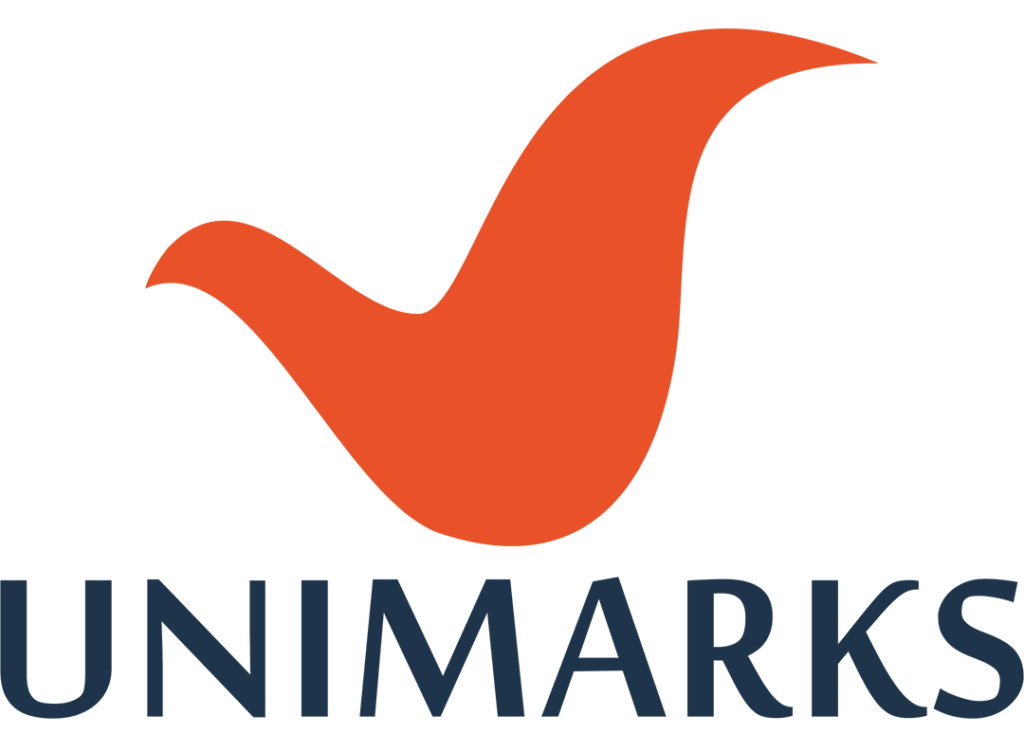Is It a Copy? How the Madras High Court Spots Deceptive Similarity in Trademarks
Have you ever done a double-take at a product, thinking it was a famous brand, only to realize it was something else entirely? That moment of confusion is at the heart of a legal concept called deceptively similar trademarks. In trademark law, this is the crucial test used to determine if one brand’s mark is so similar to another that it’s likely to mislead customers. This is the core area that trademark expert lawyers and courts often focus on to decode the similarity.
The Madras High Court has been at the forefront of interpreting this principle, applying a “sound, sight, and meaning” test to protect both businesses and consumers. The court doesn’t just look at the details; it considers the overall impression from the perspective of an average person with an imperfect memory.
Let’s dive into some fascinating case studies that show this principle of deceptive similarity in action.
Also Read : How the Madras High Court IP Division Is Redefining Trademark Law in India
Sound-Alikes and Brand Families: Lenovo vs. ThinBook
One of the clearest ways a mark can be deceptively similar is through its sound. This is especially true when a well-known brand has a “family of marks.”
- The Conflict: Global tech giant Lenovo owns the famous “Think” family of trademarks, including well-known names like ThinkPad and ThinkBook. They challenged a company that had registered the mark “ThinBook.” Lenovo argued that “ThinBook” was phonetically too close to its established brand family, creating a high risk of consumer confusion.
- The Court’s Ruling: The court agreed, finding that “ThinBook” was “unequivocally, deceptively and phonetically similar” to Lenovo’s “ThinkBook.” It reasoned that the public would likely assume “ThinBook” was just another product in Lenovo’s well-known lineup.
- The Takeaway: This case is a strong precedent for protecting a family of marks. It shows that even if a name isn’t an exact copy, strong phonetic similarity can be enough to prove trademark infringement, especially for established brands.
Also Read : Rectification & Counterclaims: Procedural Innovations in Madras High Court IP Cases
Protecting Global Brands in India: Insights From The Rulings Of Madras High Court IP Divsion
Common Words, Powerful Brands: Star Plastics vs. S Star Trading Co.
Can a company really own a common word like “Star”? This case shows that through long and extensive use, even everyday words can gain powerful trademark protection.
- The Conflict: Star Plastics, which had used a “Star” device and trademark since 1988, argued that its mark had become distinctive through years of use, especially in Kerala. They challenged S Star Trading Company, which had registered a “Star” trademark for similar products.
- The Court’s Ruling: The court acknowledged that “star” is a common term. However, it looked closely at the visual presentation. It noted that in the defendant’s mark, the words “Trading Co.” were printed in an illegibly small font, suggesting a deliberate attempt to capitalize on the dominant “Star” element. The court found that Star Plastics’ decades of use had given the common word a secondary meaning or “acquired distinctiveness,” granting it protection.
- The Takeaway: This judgment proves that even common or descriptive words can become protectable trademarks if a company builds a unique identity around them. Courts will scrutinize the intent behind using such a mark, especially if there are signs of visual trickery.
Also Read : Pharma Trademarks & Public Health: The IMOX vs. INIMOX Verdict Explained
Can You Trademark a Common Word? A Deep Dive into the ‘STAR’ Battle
Pharma Trademarks and Public Safety: The IMOX vs. INIMOX Case
When it comes to pharmaceutical products, the stakes for deceptive similarity are incredibly high due to public health risks.
- The Conflict: A company applied to register “INIMOX“ for a veterinary medicine. This was opposed by the owner of “IMOX,” a mark used for human pharmaceuticals since 1986. The core issue was whether the marks were deceptively similar, even though one was for animals and the other for humans.
- The Court’s Ruling: The court took a highly pragmatic approach. It noted that both marks were derived from the common drug ingredient “Amoxicillin” and were therefore somewhat weak on their own. While phonetically similar, the court focused on the practical realities:
- INIMOX was an injectable drug administered only by veterinarians.
- The packaging and trade channels for human and animal drugs are distinct. The court concluded that the likelihood of confusion was low, provided the registration for OX was strictly limited to veterinary use only.
- The Takeaway: This case demonstrates a careful balancing act. In sensitive areas like pharmaceuticals, even phonetically similar marks may be allowed to coexist if the specific conditions of use and distinct trade channels are enough to prevent consumer confusion and protect public interest.
Also Read : Trademark Opposition Notice: Burden of Proof of Delivery- Madras High Court Landmark Judgement
Challenging a Favourable Trademark Opposition Order: A Lesson in Strategic Trademark Litigation
Copyright and Trade Dress: S. Sudhakar vs. M/s. Leela Udhyog,
Sometimes, deceptive similarity isn’t just about a name; it’s about the entire look and feel of a product’s packaging, also known as its trade dress.
- The Conflict: The plaintiff had been using a distinctive “Tower” label for its dolls since 1996, featuring a specific illustration, red text, and a yellow background. They sued a defendant who was using a deceptively similar “Eiffel Tower” label, claiming both copyright infringement and passing off.
- The Court’s Ruling: The court found that the plaintiff’s documentation proved their copyright ownership over the label’s artistic features. It concluded there was substantial copying of key artistic elements from the plaintiff’s label. On the passing off claim, the court applied the “Classical Trinity” test (goodwill, misrepresentation, and damage) and granted a permanent injunction, finding the defendant had no real prospect of success.
- The Takeaway: This shows that trademark protection can extend beyond just a word to cover the entire artistic presentation of a product. A brand’s visual identity, if distinctive, is a valuable asset that the law will protect from imitation.
Conclusion: Intent and Context Are Key
Across these diverse cases, a clear pattern emerges from the Madras High Court. When assessing deceptive similarity, the court consistently looks beyond the surface to understand the bigger picture. It analyzes the sound, sight, and meaning of marks, but it also heavily weighs two crucial factors:
- Intent: Was there a deliberate, bad-faith attempt to ride on another brand’s reputation? As seen in the Star Plastics case, dishonest intent is a major red flag.
- Context: How are the products actually sold and used? As the INIMOX vs. IMOX case shows, distinct markets and channels can mitigate the risk of confusion, even with similar-sounding names.
By applying these principles with commercial awareness and a focus on fairness, the Madras High Court is providing clear and practical guidance on how to navigate the complex world of trademark protection.
Also Read : Trademark Refusal without Hearing is not Valid – Trademark Legal Advice for Businesses
Author: Suresh Kumar is an Advocate at the Madras High Court and Managing Attorney at Unimarks Legal Solutions, Chennai. Since 2008, he has focused on trademark enforcement and litigation across the Madras HC IP Division, Commercial Courts, and District Courts in Tamil Nadu.
Disclaimer: The content provided here for Information purpose only; it shall not be construed as a legal advice. Last reviewed: August 2025.



